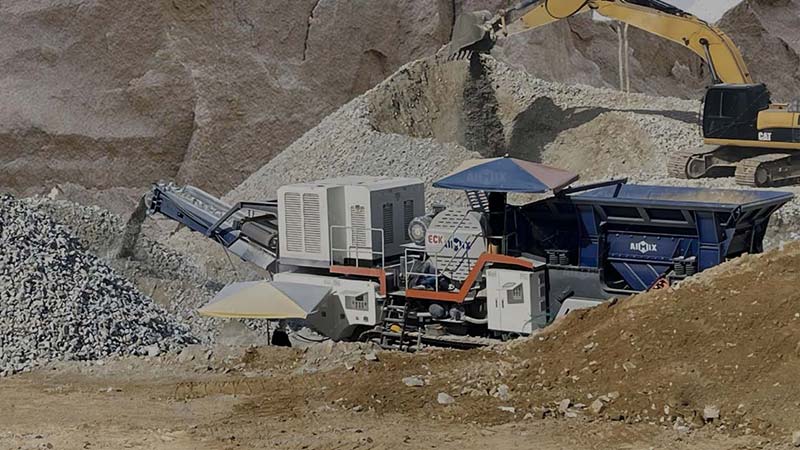When the limestone needs breaking, and the clock won’t stop ticking, mobile stone crusher plant with built-in screens march in like multitasking titans. These aren’t just machines—they’re moving, breathing quarry companions that crush, screen, and sort materials in a single, fluid motion. They don’t just shave off time—they slice it, dice it, and serve it back with efficiency on a silver plate.
Crushing and Screening in One Breath
Gone are the days when crushing and screening were two separate chapters in the quarry story. With built-in screens, these machines now exhale sorted materials the moment they inhale raw rock. The crusher’s jaws break down the limestone, and before the dust settles, the integrated screen has already filtered it into desired fractions.

This dual-action design isn’t just space-saving—it’s brainy. Material flows seamlessly from one stage to the next, eliminating the downtime once needed for conveyor handoffs or separate screen units. The result? A smoother narrative. Less equipment, fewer operators, and more clarity in the process.
Different deck configurations can be swapped to tailor the output—whether the story needs fine gravel, chunky base, or graded fill. It’s limestone alchemy in motion, with no magical incantations required—just diesel and determination.
Mobility That Moves Mountains
Picture this: a machine rolling confidently across a rugged site, unfazed by terrain, ready to set up shop where the raw material rests. That’s the charm of limestone crusher machine with screening ability built into their DNA. No heavy-lift cranes. No infrastructure overhaul. Just a simple relocation and another productive chapter begins.
These machines cut the cord of traditional setup timelines. Once on-site, they unfold their components like a transformer, align to the feed pile, and get to work. Within hours, limestone turns into revenue, while labor costs stay asleep.
Their mobility isn’t limited to physical movement—it’s an operational philosophy. Moving the process to the source, instead of dragging stone to static machines, reduces fuel, saves on wear-and-tear, and frees up manpower. Quarries once chained to fixed stations now move with the wind.

Why Quarries Are Making the Switch
There’s a reason so many operators are rewriting their playbooks. It comes down to cost, control, and consistency. Traditional setups require two or even three machines, each with its own quirks, maintenance needs, and operator demands. But a mobile aggregate crusher with built-in screens tells a cleaner, tighter story.
Operational costs are dramatically lower. Fuel consumption drops. Downtime fades. Maintenance is simplified. And with fewer machines to babysit, teams can focus on throughput, not troubleshooting.
But the true hero in this tale is efficiency. Limestone isn’t just crushed faster—it’s categorized on the spot. That means better stockpile management, quicker load-outs, and real-time quality control. For operations juggling multiple grades of product, this agility is gold dust.
It’s no longer about having the biggest machine on the lot. It’s about having the smartest, most flexible solution—one that adapts to the terrain, the material, and the pace of modern demand. In a world where time is crushed as quickly as stone, mobile limestone crushers with built-in screens are the all-in-one answer quarry managers didn’t know they needed—until now.

Comments
No comments yet. Be the first to react!